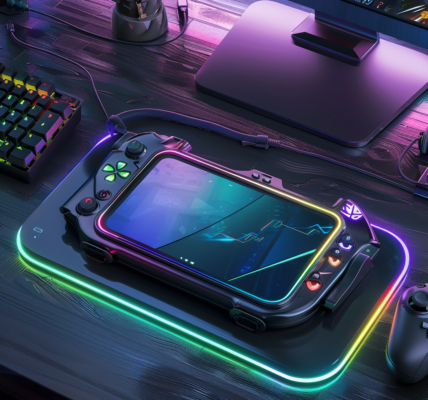A groundbreaking advancement in the field of biohybrid robotics has emerged from a collaborative effort between researchers at Brigham and Women’s Hospital in the United States and the iPrint Institute in Switzerland. This innovative team has developed a miniature swimming robot that mimics the movement of a ray, powered by muscle tissue derived from human nerve and heart muscle cells.
The biohybrid robot, which performs its swimming motions in a petri dish, utilizes a sophisticated processor to stimulate and control its ray-like fins. This development represents a significant step forward in the integration of biological materials with robotic systems, aiming to enhance the capabilities of both biological organisms and machines.
In their recent studies, titled “Float like a butterfly, swim like a biohybrid neuromuscular robot” and “Wirelessly steerable bioelectronic neuromuscular robots adapting neurocardiac junctions,” the researchers delve into the intricacies of this biohybrid swimming robot. Both papers have been published in the esteemed journal Science Robotics.
To create the ray-like robot, the research team cultivated motor neurons—nerve cells—and cardiomyocytes—heart muscle cells—from human pluripotent stem cells. The cardiomyocytes were stimulated to develop into muscle tissue on a scaffold specifically designed to resemble the fins of a stingray. This process enabled the formation of electrical synapses as the muscle cells connected with the motor neurons.
The control of the robot is particularly noteworthy. By connecting some of the motor neurons to a processor, scientists can send targeted electrical impulses to the fins, enabling them to perform wave-like movements essential for locomotion. This technology allows the robot to swim in a manner akin to a ray, showcasing the potential of biohybrid systems in robotics.
Moreover, the researchers have incorporated Wi-Fi technology to control the fins, allowing for precise maneuverability. This capability means that the robot can activate either the left or right fin independently, facilitating sharp turns and directional changes. The biohybrid robot has demonstrated impressive agility, achieving a maximum swimming speed of approximately 0.52 mm/s, with a variation of ± 0.22 mm/s.
This innovative research opens up new avenues for the development of biohybrid systems that could potentially be utilized in various applications, ranging from medical therapies to environmental monitoring. The combination of biological tissue with robotic technology not only enhances the functionality of machines but also provides insights into the capabilities of living organisms.
As biohybrid robotics continues to evolve, the implications for both science and technology are profound. The integration of living cells with mechanical systems could lead to advancements in how we approach challenges in healthcare, robotics, and beyond.
This research not only highlights the potential for biohybrid robots but also emphasizes the importance of interdisciplinary collaboration in driving innovation. By merging the expertise of bioscientists and roboticists, the team has paved the way for future explorations into the synergy between biology and technology.
As the field of biohybrid robotics progresses, it will be exciting to witness further developments and applications that arise from this cutting-edge research.





